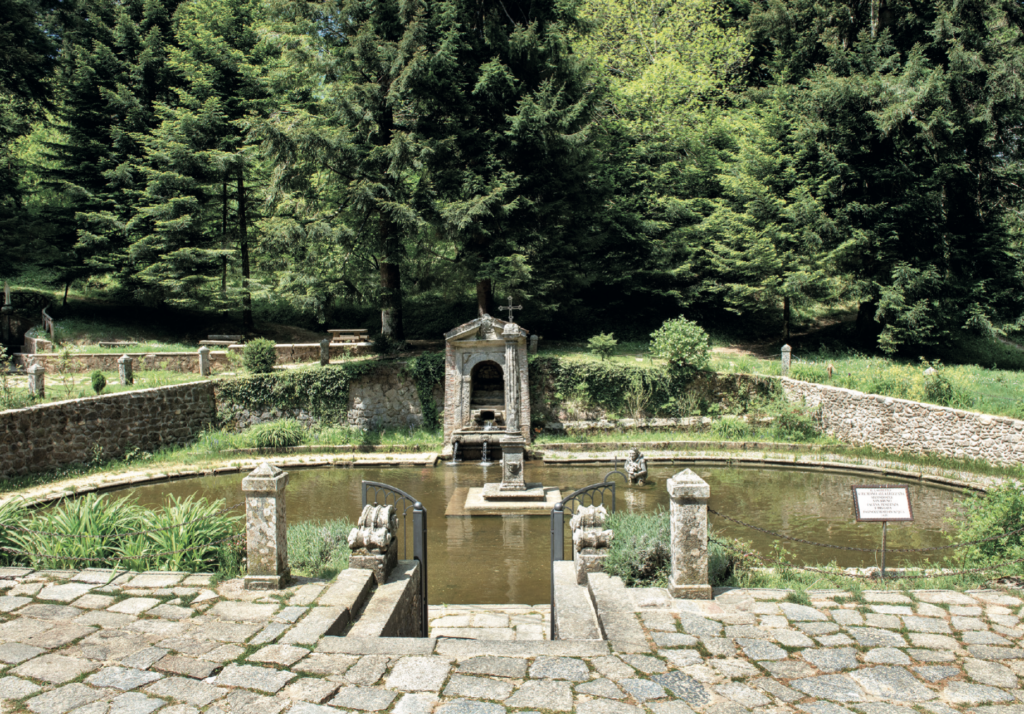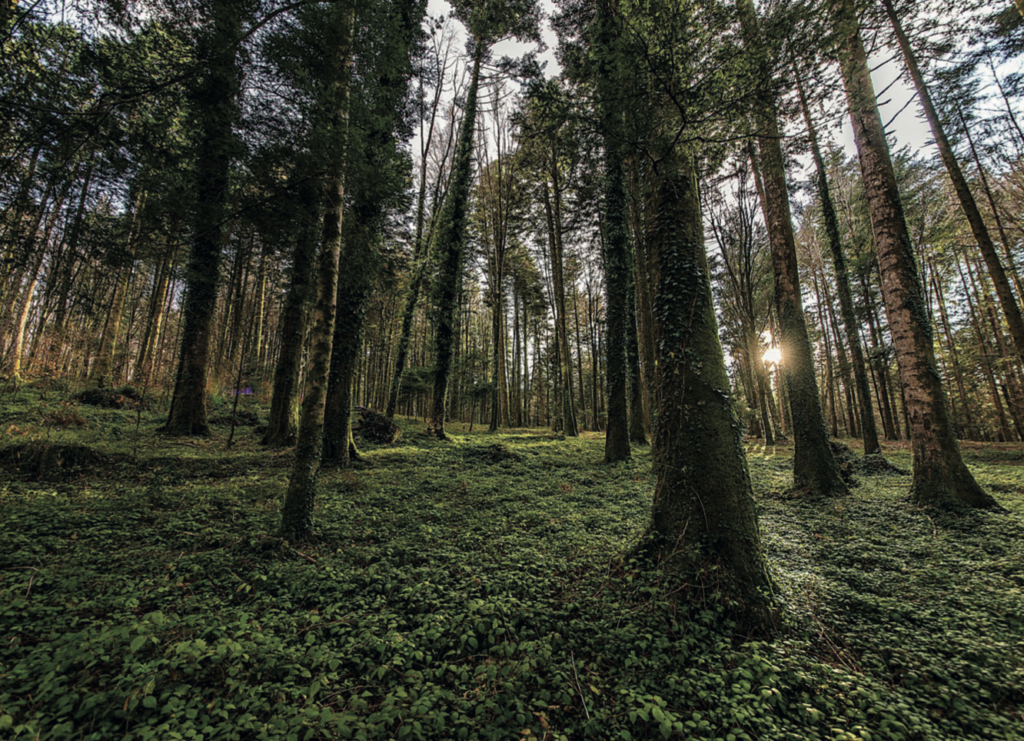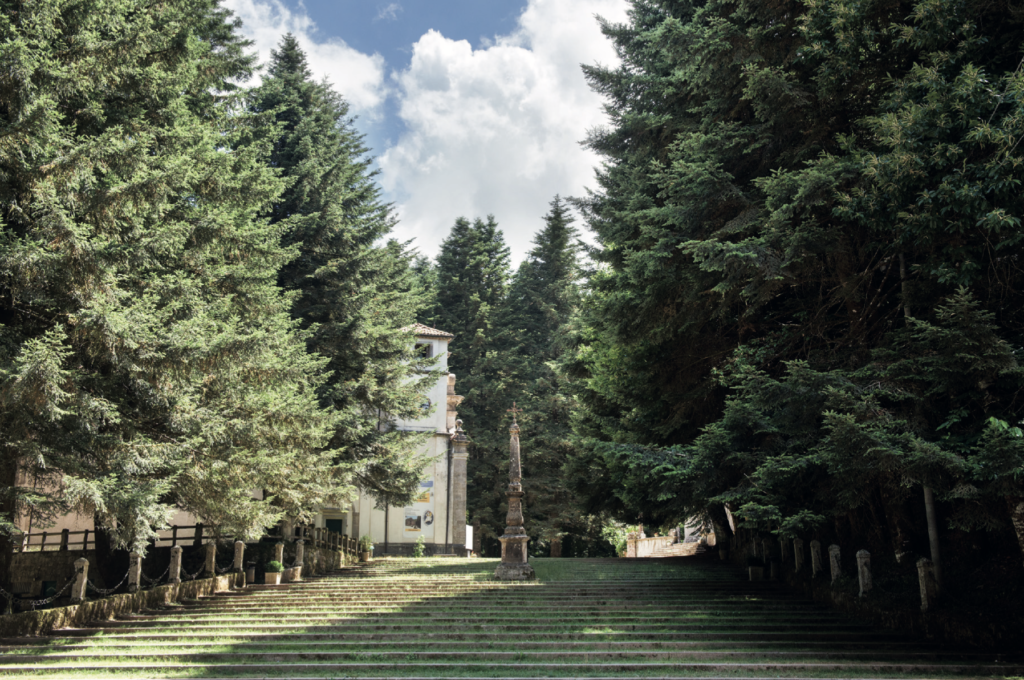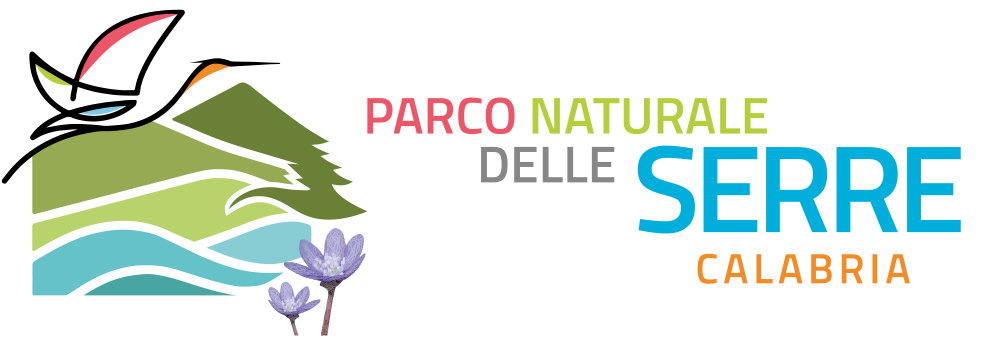Serra San Bruno (VV)
Sanctuary of Santa Maria del Bosco



Santa Maria – a natural cathedral bathed in green and light on fine summer days and a soft melancholy in the autumn and winter mists – is the place where St Bruno built his first monastic settlement, the hermitage of the Tower, in 1091. Visitors will be captivated by the saint’s penitence pond, the so-called ‘dormitory’ (in reality, the cemetery of the first Carthusian hermits) consisting of a grotto containing a marble statue of St Bruno by Stefano Pisani (late 18th century), the church of Santa Maria del Bosco consecrated in 1094 by the Archbishop of Palermo Alcherio and today elevated to a sanctuary. On Whit Monday and Tuesday, in memory of the discovery of St Bruno’s relics at the beginning of the 16th century to coincide with this feast day, the road connecting Santa Maria to the Charterhouse is transformed into a processional space. On Monday, the silver bust of the saint is taken from the monastery to the church of Santa Maria, where it remains until the following day when it makes the reverse journey. On the feast of Pentecost, the Serrese tradition of the Carthusian monks also comes to life. These are boys and girls who wear the monastic habit of the Carthusian monks and, as a sign of devotion or for ‘grace received’, walk the procession route together with their parents. The Monday and Tuesday of Pentecost processions are also the time for another very special local custom, the throwing of confetti with which the faithful strike the reliquary bust of St Bruno, which is therefore protected by an unbreakable dome after no small amount of damage had been done to the precious simulacrum in past centuries as a result of this rite. The fascination that emanates from these places is difficult to describe, and perhaps no one has managed to render it better than the words of the famous English writer Norman Douglas in Old Calabria in the early 20th century: ‘I was there in the golden hour that follows sunset, and again in the dim light of the dewy morning; and it seemed to me that in this temple not erected by human hands there resided a magic more natural and more sacred, than in the cloisters [of the Certosa di S. Stefano del Bosco] not far off’.
